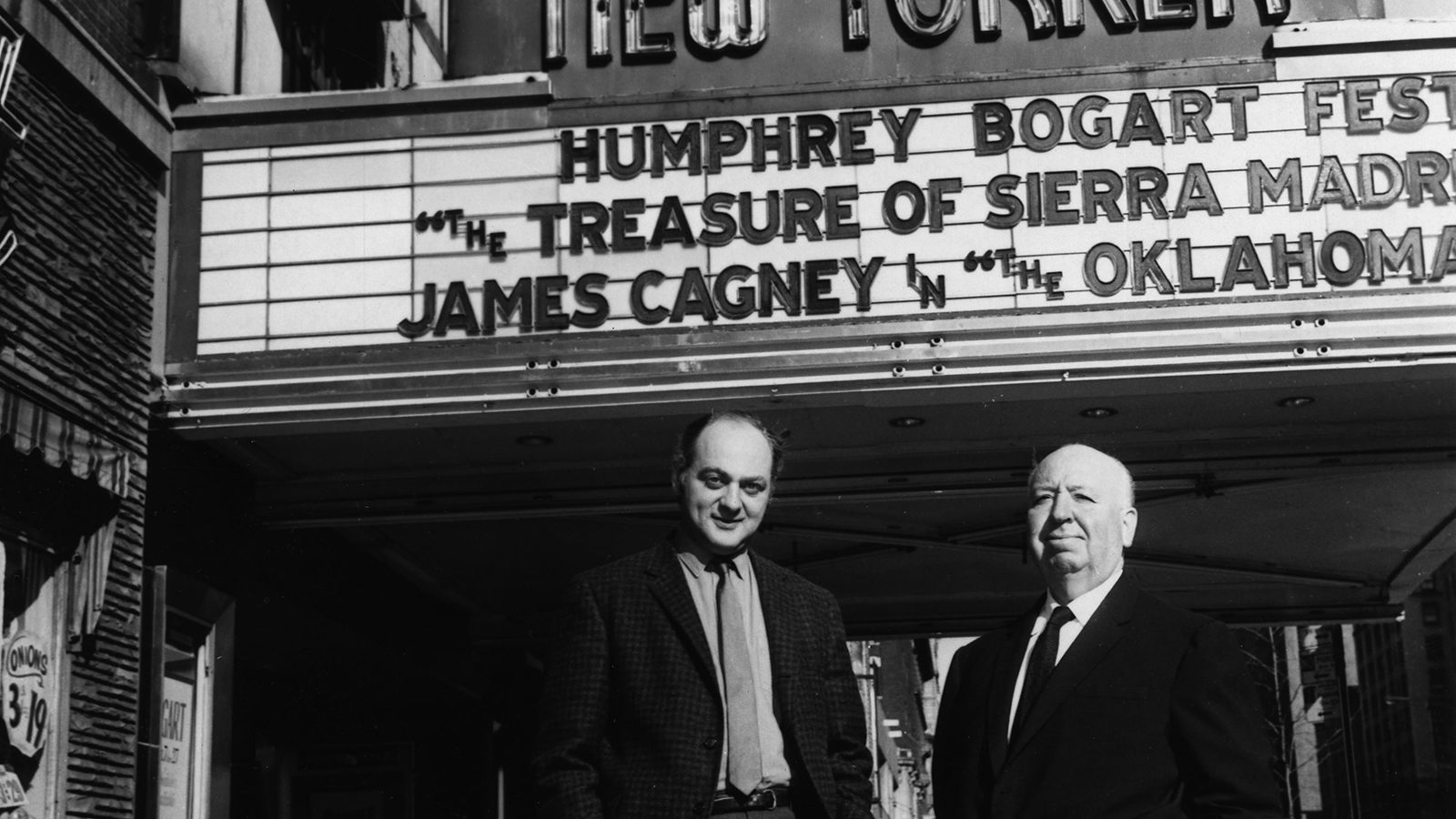
Labor of Love
When i think of Dan Talbot, I think of his warmth, his courtliness, and his gentility. And I think of this: that he started a company because he wanted to show the world a movie that he loved. Needless to say, things have “evolved” since the mid-1960s. Half a century later, “I love this movie” has come to mean “I think we will make money with this movie.” It has been this way for quite some time. About 20 years ago, I was talking to a film distributor with excellent taste and a lot of experience in the business. “Hou Hsiao-hsien is probably the greatest filmmaker alive,” he said. Then he added: “And his films will never be distributed in this country.”
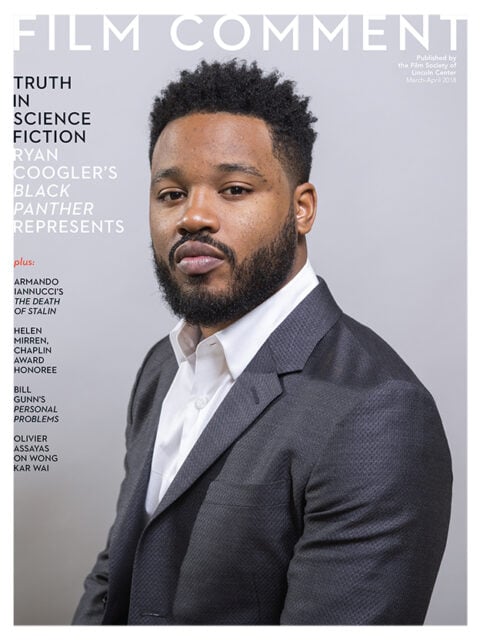
I remember thinking, “Why make such a statement? What could it possibly foster in anyone apart from disillusionment and, even worse, equivocation?” It seemed to me to go hand in glove with Quentin Tarantino’s pronouncement to Charlie Rose that his hero Jean-Luc Godard’s head had disappeared up his ass, followed by a promise to make films that were challenging but fun.
A film is now “good” because it’s “distributable,” and it’s distributable because it’s “audience-friendly” and because it “speaks” to something called “the culture.” The give and take of film criticism has collapsed into the “democracy” of Likes and Tweets and blog posts and the genuine horror of Rotten Tomatoes and CinemaScore, and the situation for distributors has become one of undiluted abject fear. Is this film too “esoteric”? Is that one too “elitist”? Or too much of an “auteur film”? Or too “bleak”? Or too “taxing”? Or, the ultimate horror, too slow? All of which translates to one simple phantom question: is it too much unlike episodic TV?
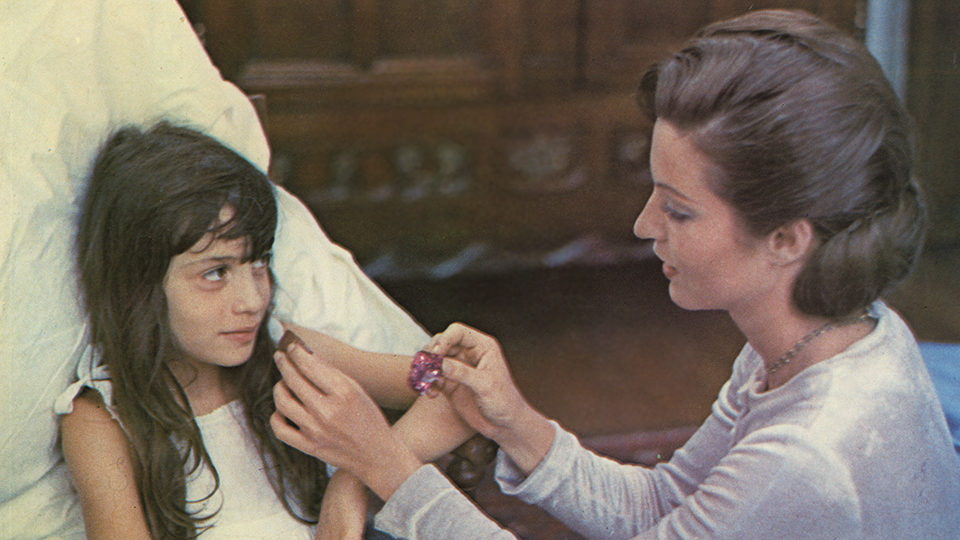
Celine and Julie Go Boating
Let’s return to my distributor friend’s statement, around which there were two ironies at play. In fact, a couple of Hou’s finest early films actually had been acquired in the mid-’90s by a very small company called the International Film Circuit, founded by an intrepid one-woman show named Wendy Lidell. Wendy, now a Senior VP at Kino Lorber, was initially inspired by Huub Bals, the founder of the Rotterdam International Film Festival. Huub once told her that his job was not “to find films for audiences, but to find audiences for films,” a statement that might have served as New Yorker’s company motto.
The second irony is that my more pragmatically minded friend, like many others who entered the world of distribution, exhibition, production, and film-festival scouting in the ’80s and ’90s, had started at New Yorker Films, the company that Dan had formed and named after his legendary Upper West Side theater.
Before the revolution was quite a title for New Yorker to start with. One might argue that Dan was ahead of the curve and had made a canny business decision, but Bertolucci’s second film actually stands apart from the films that would later make him famous, and it seems even more daring today than it did in 1964. New Yorker followed up that first acquisition with such surefire moneymakers as Black Girl, Terra em transe, Celine and Julie Go Boating, Perceval, Beware of a Holy Whore, Jeanne Dielman, Every Man for Himself, Shoah, and the collected works of Jean-Marie Straub and Danièle Huillet. The company did have hits like Doña Flor and Her Two Husbands, The Marriage of Maria Braun, and Tampopo, but that was always a matter of luck rather than calculation. Again, their business was finding audiences for films and not the reverse. Off the top of my head, I don’t know of another distributor that would have taken on Claude Lanzmann’s four-part nine-hour-and-26-minute epic, or made sure that Not Reconciled and Machorka-Muff were always readily available for the college circuit.
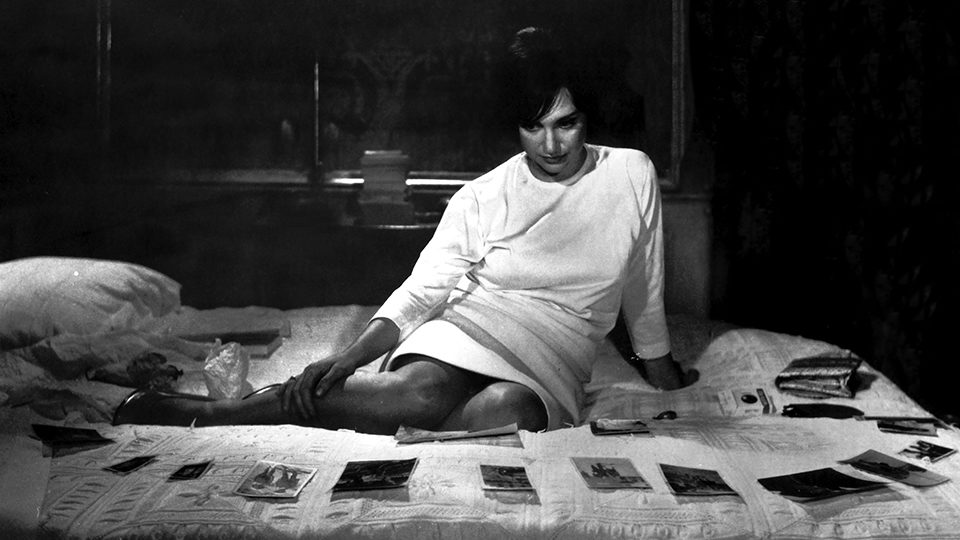
Before the Revolution
As exhibitors, New Yorker walked the same path: they made a home for cinema. I came to the city as a teenager in the late ’70s, too late for the New Yorker Theater itself but right on time for the Cinema Studio on 66th and Broadway, where I spent half of my student life seeing and re-seeing movies like Wenders’s The American Friend and Godard’s aforementioned return to 35mm feature filmmaking, and the Metro on the corner of Broadway and 100th Street, where I saw Oshima’s early films for the first time. Dan got out of the Metro fairly quickly, if memory serves, and the Cinema Studio Twin in 1990 after Capitol Cities/ABC hiked the rent—the property was gutted to make way for a Barnes & Noble, which vacated in 2011 following another rent hike from new owners, Millennium Partners, at which point Century 21 moved in (as Olivier Assayas put it at the time, “Perfect—just what this neighborhood needs…”).
I have fond memories of those theaters, neither of which was particularly plush or even comfortable, but then comfort was never the point. Nor was it the point at the beloved and recently shuttered Lincoln Plaza Cinemas, some of whose houses had questionable sightlines, intermittent problems with sound, image, or sometimes both, and which featured a convoluted path from ticket booth and down the escalator to queue #1 to queue #2 to the theaters. I am calling attention to these idiosyncrasies and imperfections not because they made a difference but precisely because they didn’t. Communities can’t be created—they form spontaneously around acts of generosity and creativity. When Dan and his wife Toby told me that they wanted to run my film Hitchcock/Truffaut at the Lincoln Plaza, I was happy, but I was also deeply honored to be part of their community. But I suppose I already was.
Throughout this article, I’ve spoken of Dan as if he alone was New Yorker Films. But just as Straub was bound to Huillet, it was never just Dan but always Dan and Toby. I loved running into them anytime anywhere, always smiling and usually hand in hand, the embodiment of mid-century Manhattan culture, but it was particularly lovely to find them making their way through the cacophonous jungle known as Cannes. Dan would greet me warmly and ask, “What have you seen that you liked?” And then the two of them would speak excitedly about something that they’d liked—never because it was distributable, always because it was good.
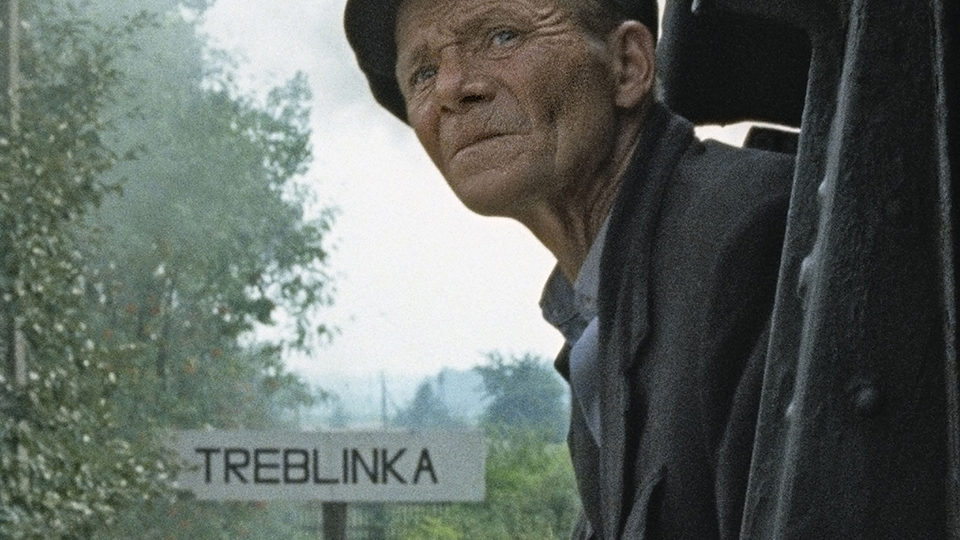
Shoah
And it was always more than just Dan and Toby. It was José Lopez, of course. It was the army of former employees, including Cindi Rowell and Amy Heller and Adrian Curry, who wrote glowing tributes to Dan, and all the heartbroken moviegoers who spent their weekends at the Lincoln Plaza. And it was the many people in the film community touched by the generosity of Dan and Toby and the home they’d built. Manny Farber, who constructed the New Yorker’s bookshelves and occasionally slept on the floor of its lobby, never would have earned the nickname Mr. Warmth. By way of illustration for those unfamiliar with Manny’s writing, here’s the very short story of his first date with his wife-to-be Patricia Patterson: they went to the New Yorker, where he had free admission, got some complimentary candy, walked into the middle of Shane, and sat down; after a couple of reels, Manny turned to Patricia and said “Had enough?” and they got up and left. But he was moved to dedicate his book Negative Space to the New Yorker, “where the movie sometimes equals the grace and style of the theater’s staff: Dan, José, Frank, and Dan’s mother-in-law.”
It’s rare that someone engenders such an abundance of goodwill and gratitude. And at this strange moment, it’s important to remember Dan Talbot as more than just a guy with great taste. The fabric of the cinema and its culture is dangerously frayed and tattered, but that it holds together at all is a tribute to the spirit embodied and engendered by this man who loved Fassbinder’s work so much that he once bought 11 of his films “in one shot, like rugs,” and who happily and publicly made the immortal statement: “How I managed to survive all these years with zero interest in the business end of things always puzzled me.”







